|
Is your digital ordering platform up to the challenges this winter will bring? The season will be a test for restaurants everywhere: The days of generating only a small fraction of business from off-premise orders are over – perhaps permanently. So consider this winter an opportunity to get to know your data better than ever before. Andrew Robbins, the CEO of Paytronix, recently told Pyments.com that this winter would be a chance for brands to get to know their guests even better by exploring their customer relationship management systems and – with the help of artificial intelligence – analyzing customer purchasing patterns. “This can lead to long-term changes, like data-driven subscription programs that further cement the relationships between brands and their guests,” he said. Instead of looking at this winter as a period to survive, consider it a time when you can harness your systems to truly understand the data you’re collecting – and then turn it into offers that build the kind of loyal following that will carry you through times like this.
What has COVID-19 revealed to you about your technology? When you can quickly use your systems to assess your restaurant’s sales and profits, you can avoid costly mistakes. On the flip side, if you are not receptive to new technology, are struggling with an older POS system, or are using newer technology but don’t know how to use it to make daily decisions, you’re likely scrambling and struggling. In a recent episode of The Restaurant Technology Guys, hospitality tech entrepreneur Jordan Thaeler talked about how tech has inundated restaurant operators with new capabilities for gathering data but offered much less help when it comes to harnessing that data easily to make good decisions. He said if there has been any business-related benefit from COVID-19, it may be that is has brought weaknesses – like antiquated POS systems – to the surface and shown operators what must change. If you’re struggling to make your data work for you, talk to Team Four about how you can use it more efficiently to make actionable decisions to support your business each day.
Use tech to support your staff this winter
This winter, you may be in the position of having to train more staff to step in, whether due to employee illness or other obligations. Since it’s more important than ever to be able to use time and labor efficiently, make sure you are using technology to deliver training and task reminders where possible. As Modern Restaurant Management reports, a kitchen display system can allow you to generate phantom orders or other tasks at scheduled times to help remind staff of what needs to happen when. It can also offer recipe viewer functionality to help train someone to prepare a dish and ensure quality. Last year at this time, having an on-trend menu or holiday promotions may have been priorities for you. Fast-forward a year and restaurant hospitality – and the ethics surrounding it – looks much different. One recent Washington Post article mentioned how diners, in general, are going through a more rigorous decision-making process when it comes to determining if and where they will dine out. Criteria that would have seemed outlandish just a year ago – like a restaurant’s COVID-19 protocols, table-distancing measures, neighbourhood and amount of foot traffic – now speak volumes to consumers about a restaurant’s potential risks (and therefore, the quality of their hospitality). If local restrictions fluctuate in the coming months, how will you consistently communicate safety to your guests and off-premise customers? Continue to promote – via your website, social media and in-store signage – that you are committed to protecting the safety of both your staff and your guests. If guests want to access detailed information about how you’re handling COVID-19, provide details on your website. Post your employee sick leave policy, specific cleaning protocols and schedule – yes, recent research indicates that more consumers want to know these details – and what you are doing to protect the safety of off-premise meals as well. Much like restaurants that have developed a loyal following of customers who have food allergies, restaurants that visibly protect guest safety – not just for show but as a deeply felt value – stand to earn guest loyalty too.
COVID-19 has forced operators to scale down their dining room business while scaling up their capacity for off-premise orders. But preparing for an increase in online orders isn’t as simple as plugging your existing menu into your website. Your online menu needs to exude the same professionalism as the experience of sitting in your dining room. But instead of relying on your décor and friendly servers, your online menu alone must make people feel comfortable that they are in good hands. Restaurant Den suggests operators keep several tips in mind when revising their online menu, including scaling down choices, clarifying ingredients (and directing those with food allergies to more information on their website), and checking the spelling of each item.
Sure, the ability to pay for an order without touching a credit card keypad is appealing during a pandemic. But offering these payments provides other critical benefits to your business. They can integrate with your loyalty program to automatically track not only a guest’s visits but their specific tastes, while also expediting payments and table turnover – a needed benefit at a time when dining rooms have limited capacity. They are also more secure. As the Restaurant Technology Guys report, when a customer pays via Apple or Google Pay, their credit card information is not shared on a restaurant’s system – and therefore wouldn’t be accessed in the case of a data breach.
Could ghost kitchens become more the rule than the exception in the wake of COVID-19? It’s difficult to argue with the numbers. Automated kitchen technology systems are demonstrating how kitchens can churn out dozens of dishes per hour with minimal assistance from staff. (Kitchen Robotics’ newly released Beastro robotic kitchen, which claims to be the “world’s first robotic dark kitchen,” was designed to handle the planning, preparation and delivery of up to 45 dishes per hour – and only requires assistance in the plating of dishes and the refilling of feeders, the company says.) At a time when it’s difficult to not only find labor but also to quickly shift gears and guarantee safety if and when an employee becomes sick, the automation of kitchen tasks could be worth the investment – or at least some exploration. (In case you missed it, U.S. Foods launched a ghost kitchens program recently to help operators create new revenue streams.)
|
Subscribe to our newsletterArchives
April 2024
Categories
All
|
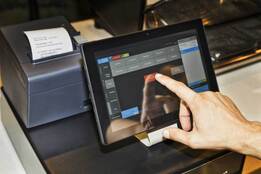
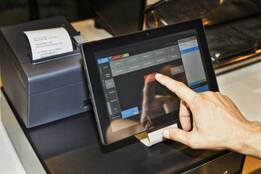
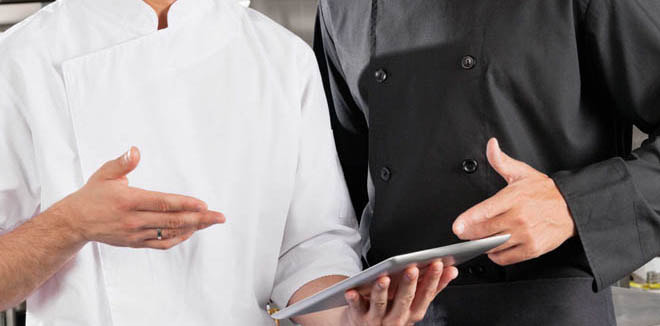

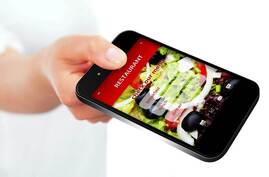

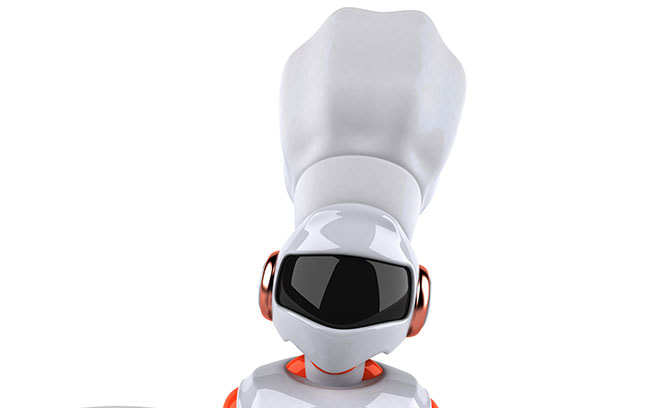


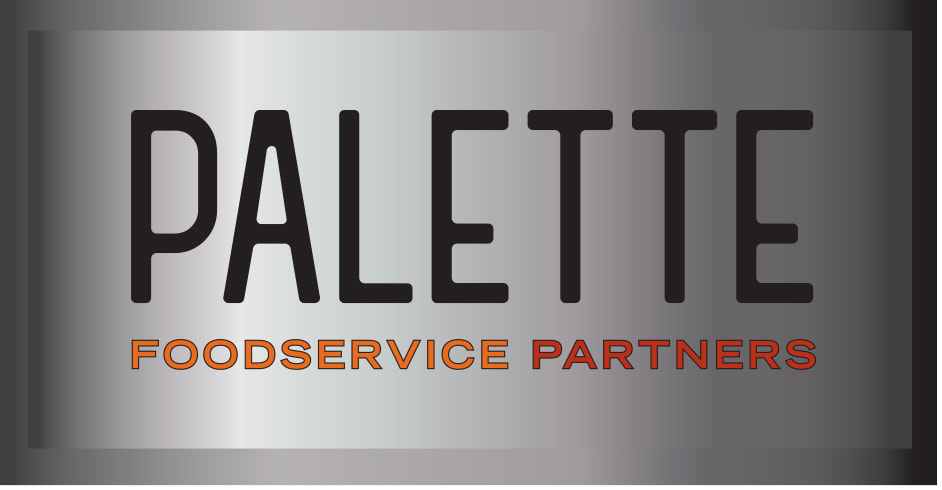
 RSS Feed
RSS Feed